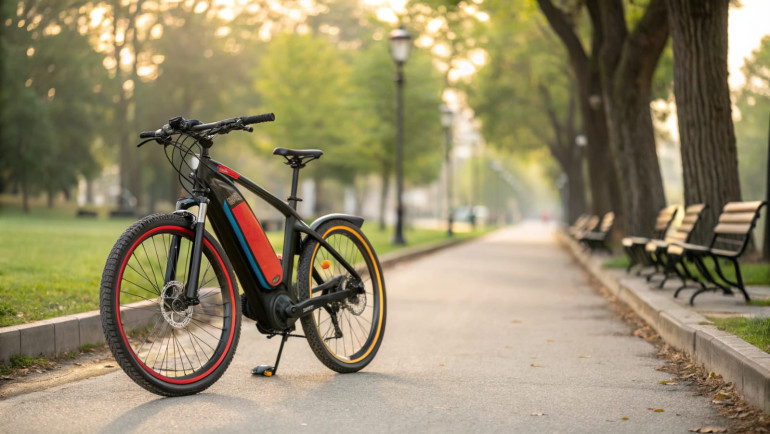
Follow India Renewable Energy News on WhatsApp for exclusive updates on clean energy news and insights
India's Two-Wheeler Boom Calls for Urgent Fuel Efficiency Standards to Meet Net-Zero Goals
Jul 16, 2025
India has become the world’s largest two-wheeler (2W) market, surpassing China in 2024, with nearly 50% of households owning a 2W and over 1.9 crore units registered that year. Dominating 73% of total vehicles and 90% of passenger vehicle registrations, the 2W segment is a key contributor to mobility but also poses environmental challenges. With 98.5% of 2Ws petrol-powered, they account for nearly 60% of India’s petrol sales and emitted 60 million tonnes of CO2e in 2019-20. While BS-VI norms have reduced tailpipe emissions, India still lacks fuel efficiency (FE) standards for 2Ws.
As fuel demand surges, FE norms are critical to mitigate emissions. Most 2Ws sold (65%) belong to the 100–150 cc category, where Indian OEMs like Hero MotoCorp, Honda, TVS, and Bajaj dominate. However, only a strong policy framework, such as Corporate Average Fuel Efficiency (CAFÉ) norms, can push them to balance high-emission models with cleaner, more efficient ones—particularly electric 2Ws (e-2Ws).
India’s e-2W market is growing rapidly, with 10 lakh units sold in 2024, making up 6.1% of total 2W sales—a six-fold increase since 2021. Ola Electric, TVS, Bajaj, and Ather now control 85% of the market, with scooters leading the adoption. However, e-motorcycles still lag, requiring model diversity to increase consumer uptake.
The FAME scheme and state-level subsidies have made e-2Ws more competitive, and declining lithium-ion battery prices further boost affordability. Yet, without FE standards, the environmental benefits may be offset by continued ICE vehicle growth.
Introducing CAFÉ standards for 2Ws would accelerate innovation, push OEMs toward electrification, reduce fossil fuel dependence, and help India meet its net-zero goal by 2070. For OEMs, it means regulatory clarity and market competitiveness; for consumers, better-performing, cleaner vehicles; and for India, global leadership in sustainable transport.